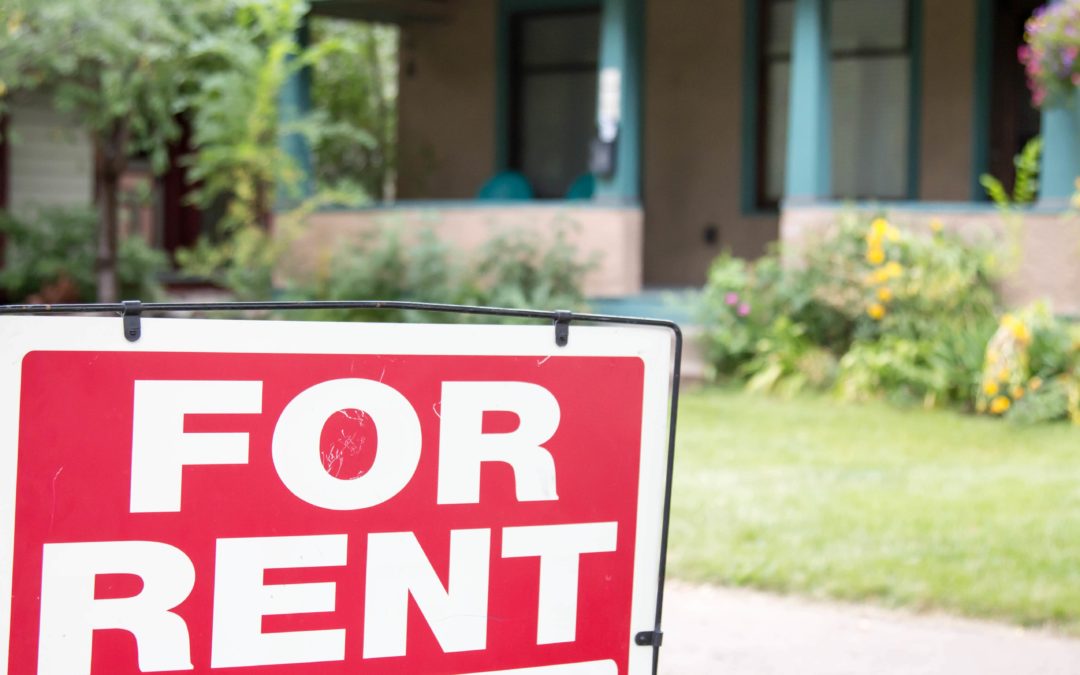The COVID-19 Outbreak brought on much more than a nationwide (and global) health threat – it has created a wildly volatile market in the US, especially for real estate. While stocks are typically one of the riskiest investments since there is no material backing to cover losses, real estate is often considered a solid alternative, as it is concrete and will hold at least some value even in horrible economic periods. But what COVID-19 has taught many real estate investors is that a sudden, volatile market can jeopardize the profitability of a completed fix and flip that’s hitting the market. This is exactly why so many investors balance their real estate portfolios between both short-term fix and flip properties and long-term rental properties.
How do fix and flip projects differ from rental properties?
For those who are new to real estate investing, we will quickly review the big differences between the two types of investment properties.
Fix and Flip Investments
- Refers to the purchase, renovation, and resale of a property for profit
- Short-term investment, typically 4-12 months from purchase to resale
- Considered a relatively “high risk,” as market conditions could quickly change during the project, impacting the originally predicted resale value
Rental Property Investments
- Refers to the purchase of a property that will be held by the owner and rented out to a tenant
- Long-term investment, typically purchased using cash, or a 15-30 year loan from a bank or hard money lender
- Considered a relatively “low risk,” as the owner will hold the property over a long period of time, meaning short-term market fluctuations do not have a significant impact, and tenants are generally easier to secure than buyers
How do rental properties hedge against market volatility?
The simple answer is featured above, stating that the long-term nature of rental property investing means that periods of short-term market volatility have much less of an impact. Even in a worst-case scenario where the market volatility causes your tenant to no longer be able to make rent payments and you need to secure a new tenant, it is generally much easier to secure a new tenant than for a fix and flip investor to find a buyer in that same period of volatility.
Other Reasons to Invest in Rentals
According to Freddie Mac’s recent survey on rental decision-making, “Eighteen percent of renters are not interested in ever purchasing a home, up four points from August 2017.” An increased number of renters are staying renters, and many metropolitan areas are still experiencing increasing demand despite the rising rent prices (good news for investors).
There are also unique opportunities for rental investors to serve the government-subsidized rental market via Section 8 Housing and other programs. This means that at least a portion of monthly rent payments is coming from the government, often decreasing your risk of non-payment. We won’t get too far into the subject of government-subsidized housing, but it is a potential avenue for rental investors to pursue less risk in real estate.
Many investors build and grow a portfolio of rental properties as a means of long-term, passive income that per property will not deliver a large cash injection the way selling a completed fix and flip property would but gives stability in its returns, where short-term investments may not. COVID-19 has shown just how important it is to hedge against market volatility so that you never find yourself in a position where one fluctuation wipes out your entire real estate business.
If you’re interested in starting or growing your rental property portfolio, talk to one of our experts in rental property investing to see if a hard money loan works for you.

